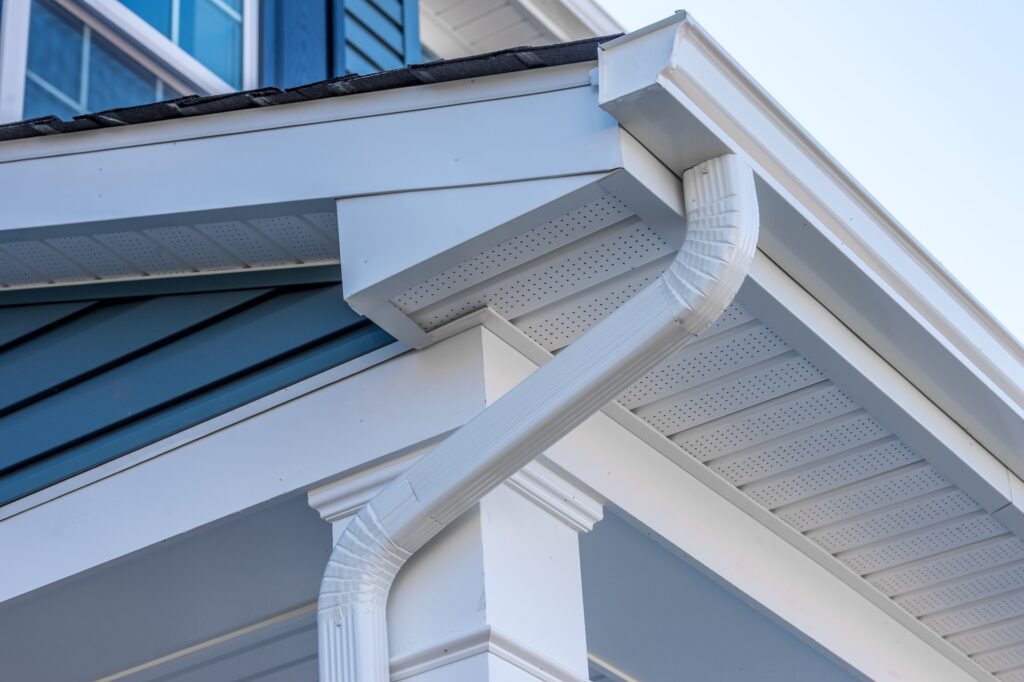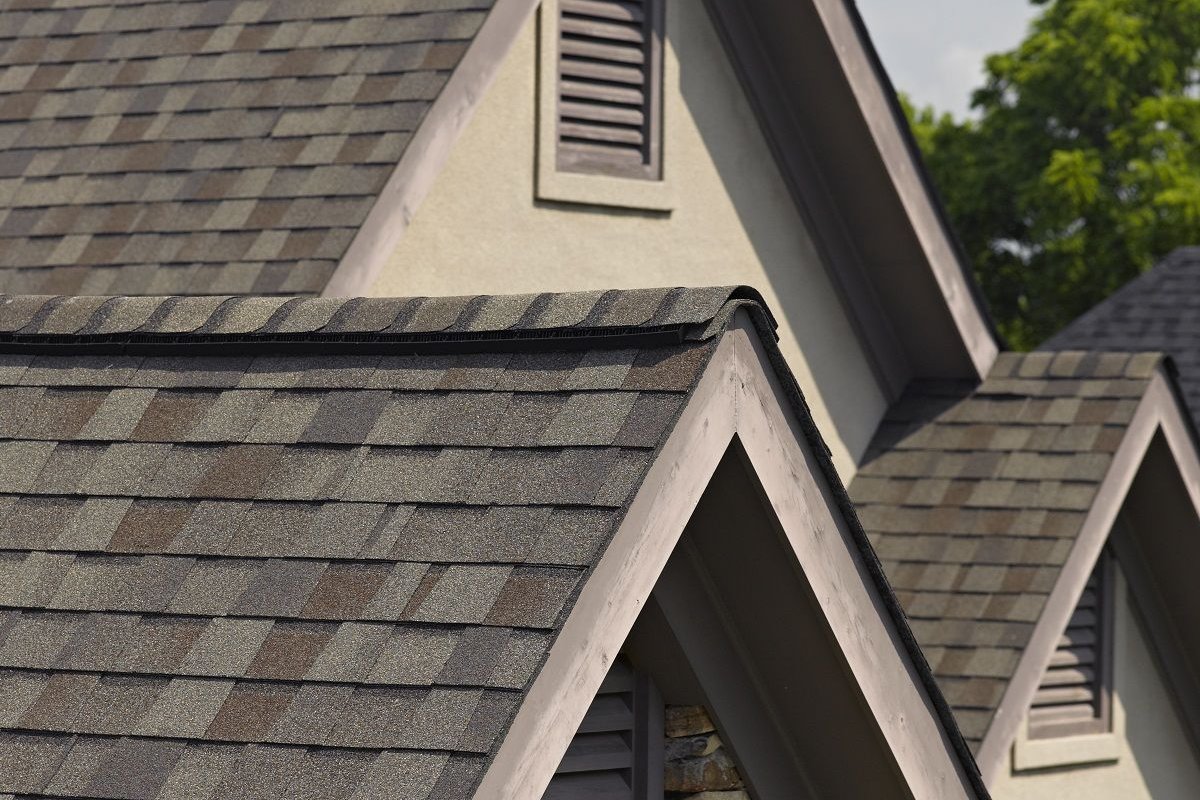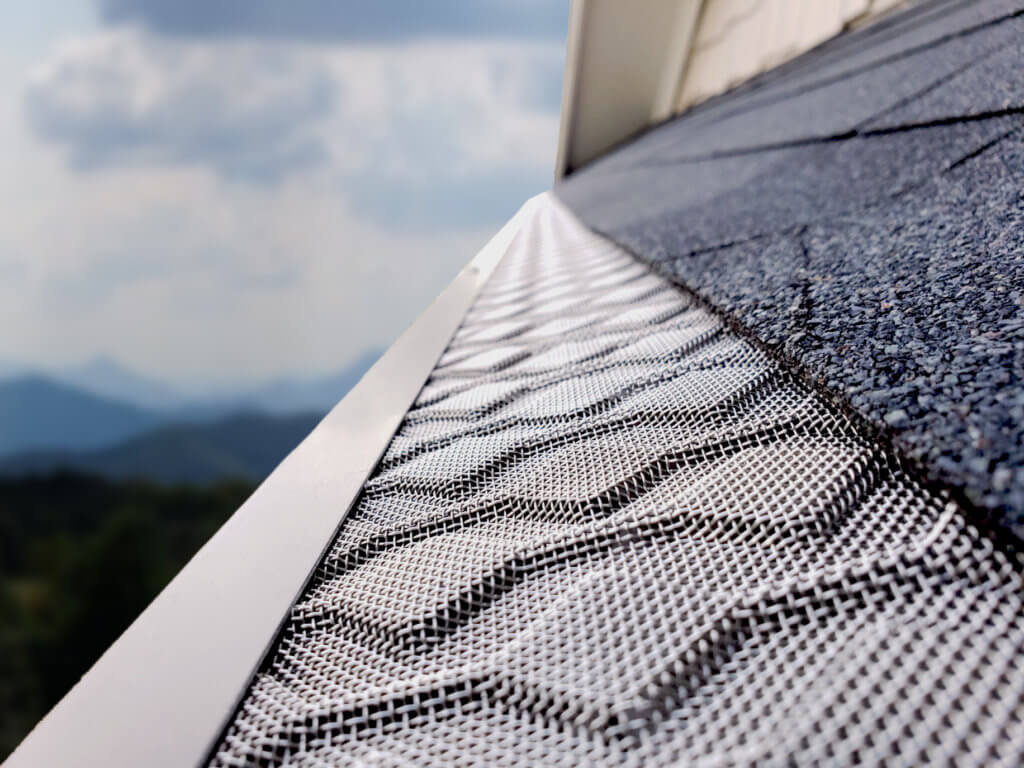Solar Shingles in Oregon City, Oregon: A Homeowner's Guide
Homeowners in Oregon City, Oregon, are increasingly seeking ways to make their properties more energy-efficient and environmentally friendly. One of the most innovative solutions emerging in the renewable energy market is the solar shingle, also known as solar roofing or building-integrated photovoltaics (BIPV). Unlike traditional solar panels that are mounted on top of an existing roof, solar shingles are designed to integrate seamlessly with standard asphalt shingles, metal roofing, or other materials, effectively becoming the roof itself. This guide explores what solar shingles are, their advantages and disadvantages, installation considerations, costs, and how they compare to conventional solar panel systems for properties in the Pacific Northwest.
What Are Solar Shingles?
Solar shingles are photovoltaic (PV) cells designed to look like conventional roofing materials, such as asphalt shingles, slate, or tile. They serve a dual purpose: protecting your home from the elements like a standard roof and generating electricity from sunlight. This integration makes them less conspicuous than rack-mounted solar panels, appealing to homeowners who prioritize aesthetics.
The technology behind solar shingles has advanced significantly, with companies like Tesla Energy being prominent players offering products like the Tesla Solar Roof. These systems are complex, involving not just the solar shingles themselves but also inverters to convert the generated DC power to usable AC power, and often battery storage solutions to store excess energy.
Installation typically involves replacing a portion or all of the existing roof with these specialized shingles. The electrical components are integrated during the roofing process, creating a unified system that is both a durable roof and a power plant.
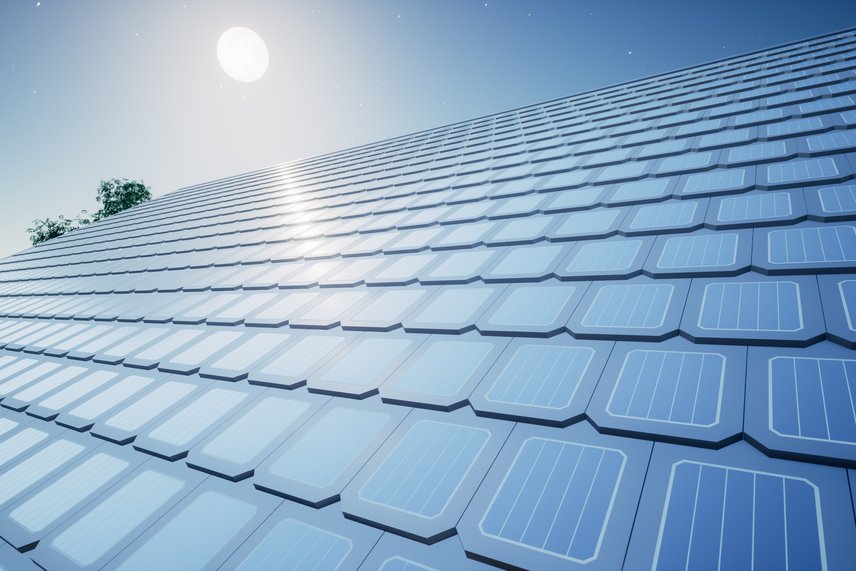
The Benefits of Choosing Solar Shingles
Opting for solar shingles offers several compelling advantages, particularly if you are already planning a roof replacement.
- Seamless Aesthetics: This is often the primary driver for choosing solar shingles. They lie flat and blend with the rest of the roof, providing a clean, modern look that doesn't detract from your home's curb appeal.
- Dual Functionality: You're not just adding solar; you're installing a new roof that also generates power. This can be more efficient than adding panels to an older roof that will need replacement soon anyway.
- Increased Home Value: A new, energy-generating roof is a significant upgrade that can substantially increase your property's market value. Potential buyers are often willing to pay a premium for homes with integrated solar technology and lower energy bills.
- Energy Independence and Savings: Generating your own electricity reduces reliance on utility companies, potentially lowering or even eliminating your monthly electricity bills. Excess power can sometimes be sent back to the grid for credits (net metering), depending on local regulations.
- Durability and Protection: Modern solar shingles are designed to meet rigorous roofing standards, offering excellent protection against wind, rain, and fire. Many have high impact and fire ratings.
Planning a future roof replacement or considering solar shingles requires understanding the scope and potential cost of the roofing work involved.
Get a quick roof estimate for your project
Comparing Solar Shingles to Traditional Solar Panels
While both solar shingles and traditional solar panels convert sunlight into electricity, they differ significantly in appearance, installation, and cost.
- Appearance: Traditional panels sit on racks mounted above the roof surface, creating a noticeable profile. Solar shingles, conversely, are integrated into the roof design, offering a much more subtle look.
- Installation: Traditional panels are added to an existing, structurally sound roof. Solar shingle installation is a roofing project first, involving the tear-off of old materials and installation of the new solar roof system, which includes both the weatherproofing and the energy-generating layers. This requires specialized roofing and electrical expertise.
- Cost: Upfront costs for solar shingles are typically higher than installing traditional panels on an existing roof. This is because you are paying for both the roofing material and the solar technology combined, plus the complexity of the integrated installation. However, when factored into the cost of a necessary roof replacement, the gap narrows. Traditional panels are generally less expensive per watt of power generated for the solar component alone.
- Efficiency: Traditional solar panels often have higher efficiency ratings per square foot than current generation solar shingles. This means you might need a larger roof area covered with shingles to generate the same amount of power as a smaller area covered with high-efficiency panels. However, technology is constantly improving.
- Roof Condition: Traditional panels can be installed on any roof that is structurally sound and has sufficient remaining lifespan. Solar shingles are best suited for homes needing a full roof replacement, as installing them on an old roof doesn't make financial sense.
Is Your Roof Right for Solar Shingles?
Before investing in solar shingles, it's crucial to assess if your home's roof is a suitable candidate. Several factors play a role:
- Roof Age and Condition: Solar shingles are essentially a new roof. If your roof is nearing the end of its lifespan (typically 20-25 years for asphalt shingles), installing solar shingles as part of a replacement makes sense. Installing them on a relatively new roof is usually not cost-effective.
- Roof Pitch and Orientation: Like traditional panels, solar shingles perform best on roofs with a pitch between 30 and 45 degrees, ideally facing south to capture maximum sunlight throughout the day. East and west-facing roofs can also be viable, though they may produce less energy overall. North-facing roofs are generally unsuitable for solar energy generation.
- Shading: Any significant shading from trees, chimneys, or neighboring buildings will reduce energy production. Assess your roof's exposure to direct sunlight throughout the day and year.
- Structural Integrity: Your roof deck and underlying structure must be strong enough to support the new roofing material. While solar shingles are similar in weight to some traditional materials, a professional assessment is always recommended.
- Roof Complexity: Roofs with many dormers, valleys, hips, and complex shapes can be more challenging and expensive to cover with solar shingles compared to simpler gable or hip roofs.
Assessing your roof's condition and suitability requires professional expertise. Getting a thorough evaluation can help you determine the best course of action.
Connect with qualified local roofers to discuss solar options
The Installation Process
Installing solar shingles is a more involved process than simply mounting panels. It combines the skills of roofing and electrical work.
- Assessment and Design: A professional solar and roofing contractor will assess your roof, sunlight exposure, energy needs, and local building codes. They will design a system tailored to your home, determining which roof areas will receive solar shingles and which will use non-generating matching shingles. Permits are obtained during this phase.
- Roof Preparation: The existing roof is typically torn off down to the roof deck. The deck is inspected for damage, repaired if necessary, and then prepared with underlayment, just like a standard roof replacement.
- Shingle Installation: The solar shingles and matching non-solar shingles are installed according to the design plan. This involves interlocking the shingles and connecting the electrical wiring layer by layer.
- Electrical Integration: Wiring from the solar shingles is routed through the attic to an inverter, usually located in a garage or utility room. The inverter converts the DC power from the sun into AC power usable by your home's appliances. Additional electrical work connects the system to your main electrical panel and potentially to a battery storage system.
- System Activation: Once the installation is complete and inspected by local authorities, the system is connected to the grid and activated. Performance monitoring equipment is usually set up to track energy production.
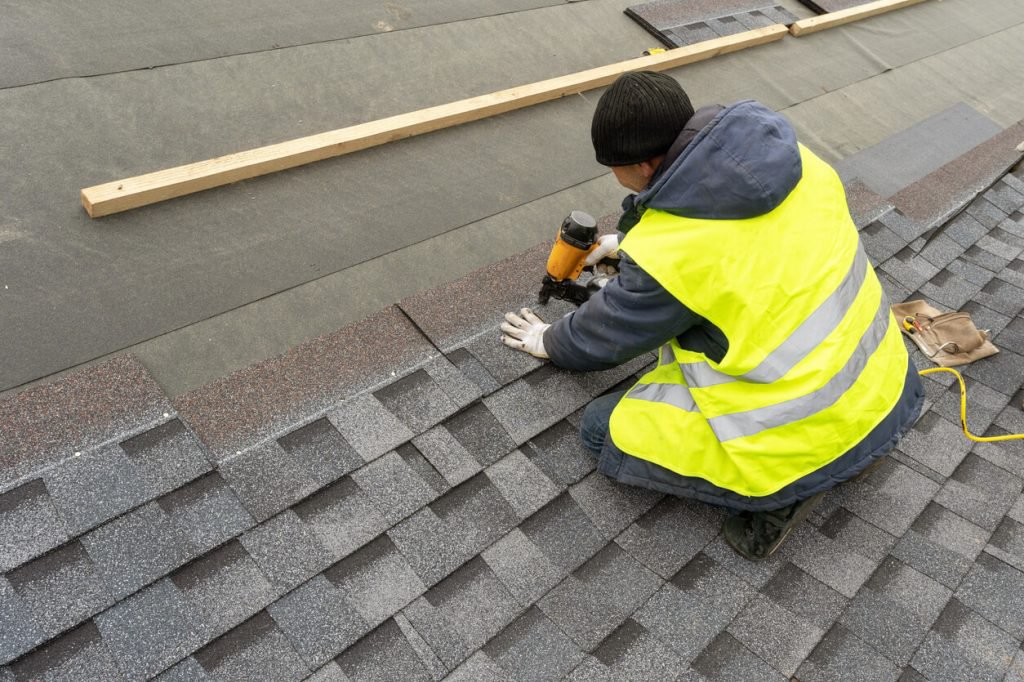
Finding professionals with expertise in both roofing and solar electrical systems is paramount for a successful solar shingle installation.
Cost Considerations for Solar Shingles
The cost of installing solar shingles is a significant factor for most homeowners. It's important to look beyond the initial price tag and consider the long-term value.
- Upfront Cost: Solar shingle systems are generally more expensive upfront than a traditional asphalt shingle roof combined with standard solar panels. Costs vary widely depending on the size and complexity of the roof, the total wattage of the system, the brand of solar shingles, and regional labor rates. It's a premium product combining two major home improvements.
- Factors Influencing Cost: Roof size, pitch, and complexity; the amount of wattage needed; the specific solar shingle product chosen; the need for roof deck repairs; and whether battery storage is included all impact the final price.
- Incentives and Rebates: Various incentives can help offset the cost. The federal solar investment tax credit (ITC) allows homeowners to deduct a percentage of the cost of their solar system from their federal taxes. State and local incentives, as well as utility rebates, may also be available in Oregon. These incentives significantly reduce the net cost over time.
- Long-Term Savings: The primary financial benefit comes from reduced or eliminated electricity bills. Over the lifespan of the system (often 25+ years), the energy savings can recoup the initial investment and provide significant returns.
- Return on Investment (ROI): When considering the ROI, factor in the value of both the electricity generated and the extended lifespan and increased value of your new roof.
Understanding the potential costs and comparing quotes is a critical step in the planning process for a significant investment like solar shingles.
Get a free instant roof estimate
Maintenance and Longevity
Solar shingles are designed for durability and require relatively low maintenance, similar to a standard high-quality roof.
- Cleaning: Rain typically helps keep the surface of the shingles clean. In areas with heavy dust, pollen, or debris, occasional cleaning might be needed, but this should always be done by professionals familiar with working on solar roofs.
- Monitoring: Most systems come with monitoring software or apps that allow you to track energy production. This helps identify any potential issues quickly.
- Warranties: Solar shingle systems come with multiple warranties: a warranty on the power production (e.g., guaranteeing a certain percentage of original output after 25 years), a warranty on the solar components, and a warranty on the roofing material's ability to protect your home from weather. Understand the terms and length of each warranty.
- Lifespan: The solar components are typically warranted for 25 years or more, while the roofing material itself is designed to last equally long or longer, often exceeding the lifespan of traditional asphalt shingles.
Finding the Right Professional for Installation
Given the complexity of installing solar shingles, which requires expertise in both roofing and electrical systems, selecting a qualified and experienced contractor is vital.
Look for companies with a proven track record in solar roofing installations, not just traditional solar panels or traditional roofing. Check their licensing, insurance, and certifications. Ask for references from previous solar shingle customers. Get detailed quotes that break down the costs for materials, labor, permits, and electrical work.
Finding a reputable contractor is key to a successful and safe installation. SkyQuote can help connect you with pre-vetted local roofing professionals.
Book a roofing appointment
While not all roofing contractors specialize in solar shingles, starting with a qualified roofer can help assess your roof's readiness and connect you with solar specialists if they don't offer the service directly.
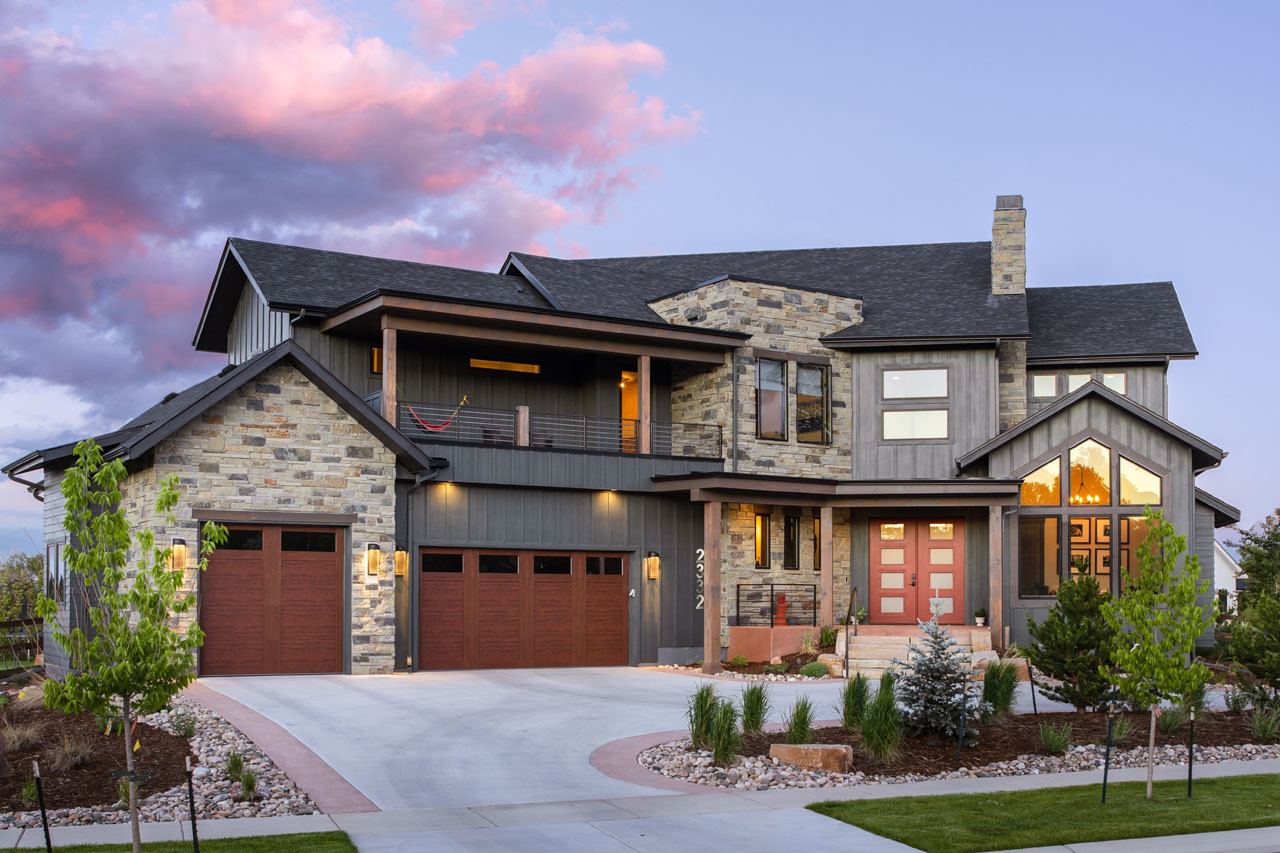
Frequently Asked Questions About Solar Shingles
How do solar shingles work in cloudy weather?
Like traditional solar panels, solar shingles generate less electricity on cloudy days or during overcast conditions, which are common in Oregon City. However, they can still produce some power from diffused sunlight. Performance is optimized on clear, sunny days.
Can solar shingles withstand harsh weather?
Yes, reputable solar shingle products are designed to meet or exceed standard roofing material requirements for wind resistance, impact resistance (hail), and fire safety. They are built to protect your home just like a conventional roof.
What happens if one solar shingle is damaged?
One of the advantages of some systems is that individual shingles can potentially be replaced without affecting the entire array, similar to replacing a section of a traditional roof. However, this is a job for a specialized professional.
Do solar shingles require a specific type of roof?
They can be installed on most standard sloped residential roofs (pitched roofs). They are not typically used on flat roofs, which require different roofing systems. The roof structure must also be sound.
Can I add more solar shingles later?
Expanding a solar shingle system after initial installation can be complex and more expensive than adding panels to a traditional system. It's usually best to install the desired system size during the initial roofing project.
What happens at night or during a power outage?
Solar shingles only produce electricity when the sun is shining. At night, your home will draw power from the grid. If you want power during a grid outage, you need to include a battery storage system (like the Tesla Powerwall) as part of your solar shingle installation.
Powering Your Home Beautifully
Solar shingles represent an exciting evolution in home energy technology, offering a way to generate clean electricity without compromising on curb appeal. While they represent a significant investment, especially when integrated with a necessary roof replacement, the long-term savings, increased home value, and aesthetic benefits can make them a worthwhile option for homeowners in Oregon. By understanding the technology, assessing your roof's suitability, and working with qualified professionals, you can make an informed decision about whether solar roofing is the right choice for your property.
